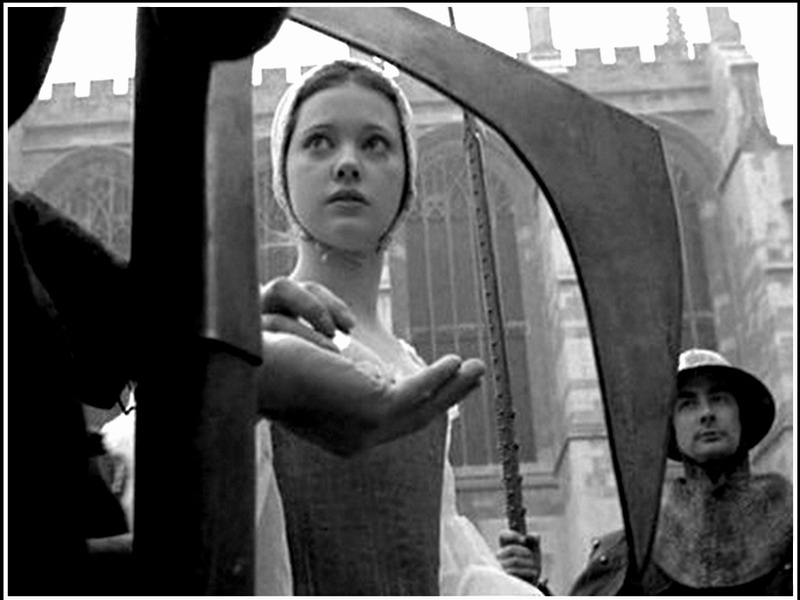
Henry VIII beheaded his fifth wife two months after he discovered her adulterous (pre-adulterous?) relationship with Thomas Culpeper, and two weeks after Parliament passed the Act of Attainder that convicted her without a trial.
Catherine Howard was given only a single day to prepare herself for this moment, but she used it intentionally. Spanish Ambassador Eustace Chapuys reported to Charles V that “she asked to have the block brought in to her, that she might know how to place herself; which was done, and she made trial of it.”
This is the macabre image we are left with: this poor young woman, not yet twenty, spending hours rehearsing her death over and over again. Was it to make the process seem less terrible and foreign? Or was it to ensure that she would fulfill her last public act with all the dignity expected of the Queen of England (even though she was stripped of that rank on November 23rd)? Likely both.
Either way, she succeeded: an eyewitness to the execution confirmed that she had made “the most godly and Christian end.” And the French Ambassador Charles de Marillac’s letter to Francis I, gives us this description:
“…about nine o’clock in the morning, this Queen first, and afterwards the lady of Rochefort, within the Tower, had their heads cut off with an axe, after the manner of the country. The Queen was so weak that she could hardly speak, but confessed in few words that she had merited a hundred deaths for so offending the King who had so graciously treated her. The lady of Rochefort said as much in a long discourse of several faults which she had committed in her life. It is not yet said who will be Queen; but the common voice is that this King will not be long without a wife, for the great desire he has to have further issue.”
On that last point, Chapuys disagrees. His analysis:
The King has been in better spirits since the execution, and during the last three days before Lent there has been much feasting. Sunday was given up to the lords of his Council and Court; Monday to the men of law, and Tuesday to the ladies, who all slept at the Court. He himself in the morning did nothing but go from room to room to order lodgings to be prepared for these ladies, and he made them great and hearty cheer, without showing particular affection to any one. Indeed, unless Parliament prays him to take another wife, he will not, I think, be in a hurry to marry; besides, few, if any, ladies now at Court would aspire to such an honour, for a law has just been passed that should any King henceforth wish to marry a subject, the lady will be bound, on pain of death, to declare if any charges of misconduct can be brought against her, and all who know or suspect anything of the kind against her are bound to reveal it within 20 days, on pain of confiscation of goods and imprisonment for life.
Woof.
FOR FURTHER READING:
The letters from Eustace Chapuys and Charles de Marillac can be found in Letters and Papers, Foreign and Domestic, Henry VIII, Volume 17
***
If you like my posts, you’ll love my books! My Seymour Saga trilogy tells the gripping story of the short-lived dynasty that shaped the Tudor Era. Jane the Quene skews romantic, The Path to Somerset is pure Game of Thrones (without the dragons), and The Boy King is a noir coming-of-age. Get them now through Amazon, Barnes & Noble, Kobo, and Apple, or even your local independent bookstore!

(PS Already read them? Did you love them? Then please review them – even just a stars rating! It makes a huge difference in helping new readers find them and would mean the world to me!)
Be First to Comment